Łódź is not only unique as having been the centre of Poland's industrial complex, but also as the only place in Poland to have so many former residences of the industrialists found all in one city. These are not your bog standard houses, but rather palaces and villas all lavishly built in many architectural styles of the 19th and early 20th centuries from Neo-Renaissance, Neoclassicism, Art Nouveau, Art Deco and early Modernism – no expenses were spared to make their grandiose mark on the city, a status symbol to all the other rich industrialists of the city.
But where are these former residences, you may ask? Firstly, we need to understand that in Poland at this time, the concept of a palace is slightly different to that of the traditional western European concept. There are certainly no Versaille sized palaces in Łódź, however, although much smaller, there are some which are glitzy enough to raise an intrigued eyebrow. Secondly, after the golden age of Łódź had passed, and following two world wars and the ushering in of Communism where bourgeois extravagance was frowned upon, many of the villas and palaces were handed over to the state, with many being used by the local authorities as various municipal institutes. Today, some are still in the hands of the city authorities, but put to good use in various forms such as museums, galleries and even centres of education (hurrah). This is perfect for you as a visitor, for not only do you get to visit top class exhibitions, but you also have the additional benefit of viewing and experiencing the architectural splendour of some of these old palaces and villas from both the outside and inside.
WHAT TO SEE?
The best piece of advice we can offer you during your time in Łódź is: look up and look around. Yup, that's it. Keep your eyes peeled and don't be shy to tilt your head up on your travels. We doubt you'll get neck strain, and you'll be visually rewarded for your efforts. The stunning architecture is visible to see all around the city, from the old tenement blocks of the centre, to the various palaces and villas dotted around the city.
The other great thing is that you don't have to make any timely excursions to see the majority of these beautiful buildings – if you already planned to go to any number of museums in the city, the likelihood is the institute itself is housed in one of these former industrialist residences. Kudos. Those that aren't are so close to other points of interest that you'd most likely go past them without having planned it. And that's what makes Łódź unique, just going for a simple walk or bike ride can result in seeing so many cool and interesting things in such a short time.
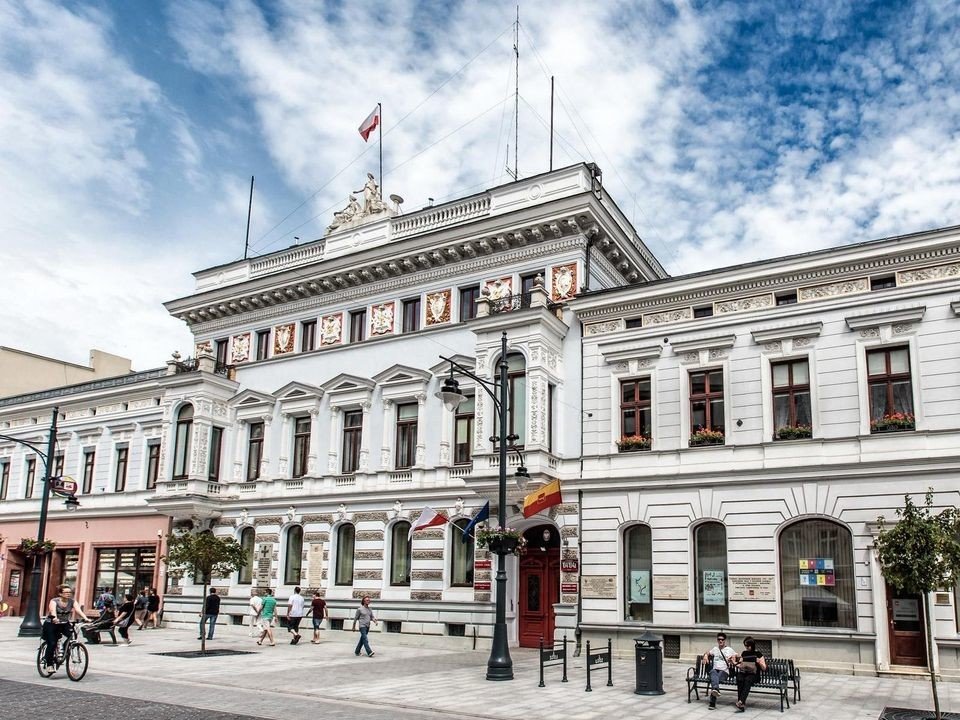
The first port of call for most visitors to Łódź is usually always the main street, ul. Piotrkowska, and if you're close to the centre, here you can actually see one of the former palaces – the modern day city hall (Ratusz) on ul. Piotrkowska 104 which is the former palace of Juliusz Heinzel. It's that easy to find these palaces - from here, whether you choose to go north, east, south or west, you'll get to see many more such impressive residences. But let's suppose from here you decide to go check out the southern end of ul. Piotrkowska, there's plenty to see, and on the way, more palaces line the street itself. At no. 262, the current day European Institute is housed in the former villa of industrialist Robert Schweikert, built in 1913, and lived in by the family until 1945 when it was nationalised. A stone's throw away at no. 266 is the neoclassical Scheibler Palace (now part of the Łódź University of Technology), once belonging to the family that owned the Księży Młyn complex. This was a purchase by the family, mainly strategic, as it lay on the western flank of their mighty industrial complex, as one of their other palaces is located at Pl. Zwycięstwa 1, which later became the Museum of Cinematography. Heading further south to the Central Museum of Textiles (at the White Factory), the entrance contains the Open-air museum of wooden architecture, and although currently closed, you can still marvel at the wooden skansens.
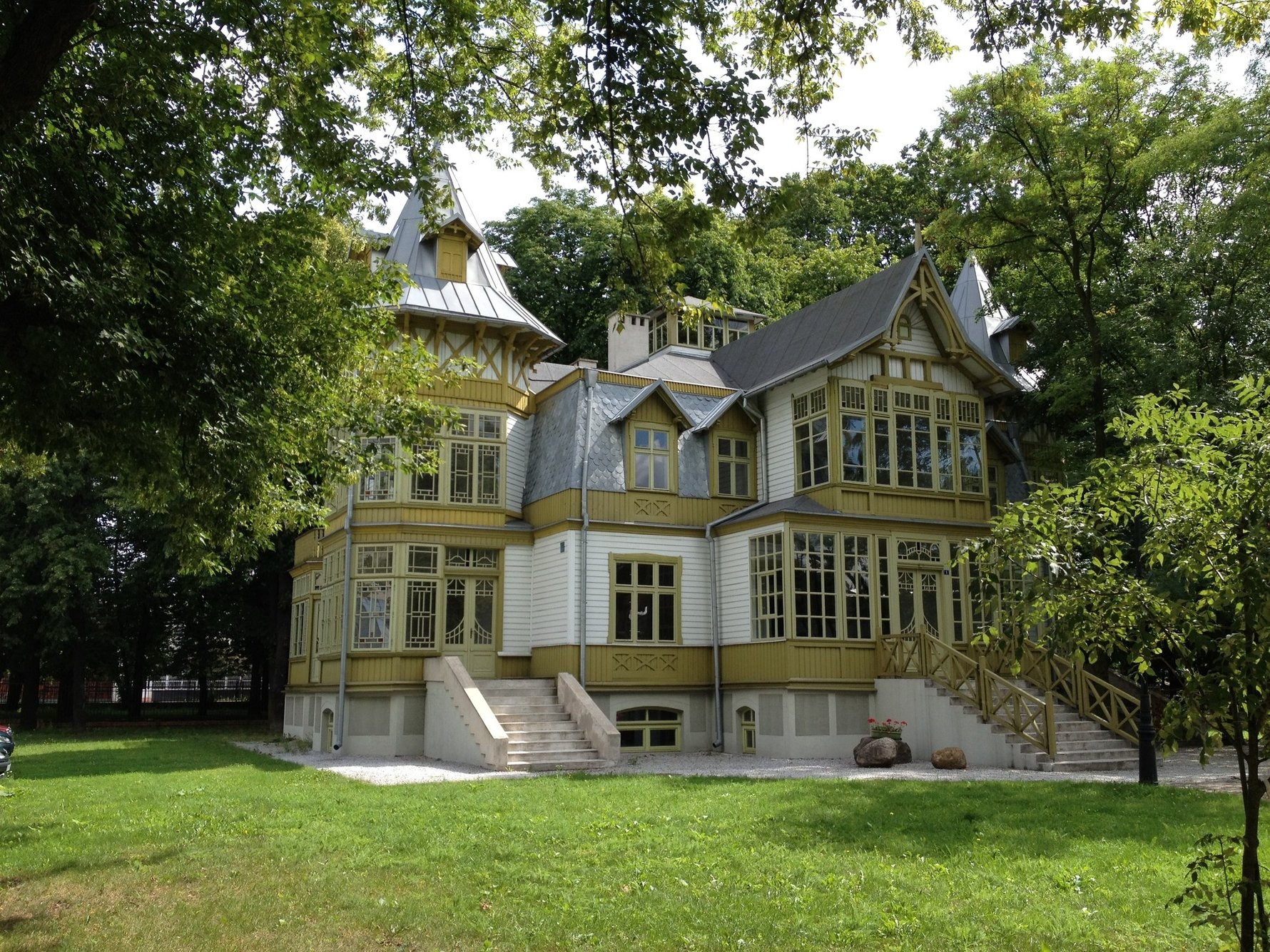
The most interesting building is in fact the former villa of Szai Światłowski which was moved from Ruda Pabianicka (south Łódź) to its current location next to the White Factory in 2008. An impressive feat in itself, and it fits well into the surrounding area, despite having only been here for little more than 10 years. If you were impressed by the White Factory, you may want to see where the owner once lived? Well, at no. 286, you get to see two properties that belonged to industrialist Ludwik Geyer. It was this small manor house that served the family 1833-44 (and during the building of the White Factory 1835-37). As the family’s wealth grew, they built a palace 1843-44...right next door, which looks more like a tenement block.
If after you've seen all you want to see in the south of Łódź, heading east to the Księży Młyn complex is definitely worth it. As previously mentioned, the former Scheibler Palace turned Museum of Cinematography, although currently closed for renovation, is still impressive from the outside. In the heart of Księży Młyn there stands the impressive Herbst Palace Museum, which is linked to the histories of the Herbst and Scheibler families – the most powerful industrial families in late 19th century Łódź.
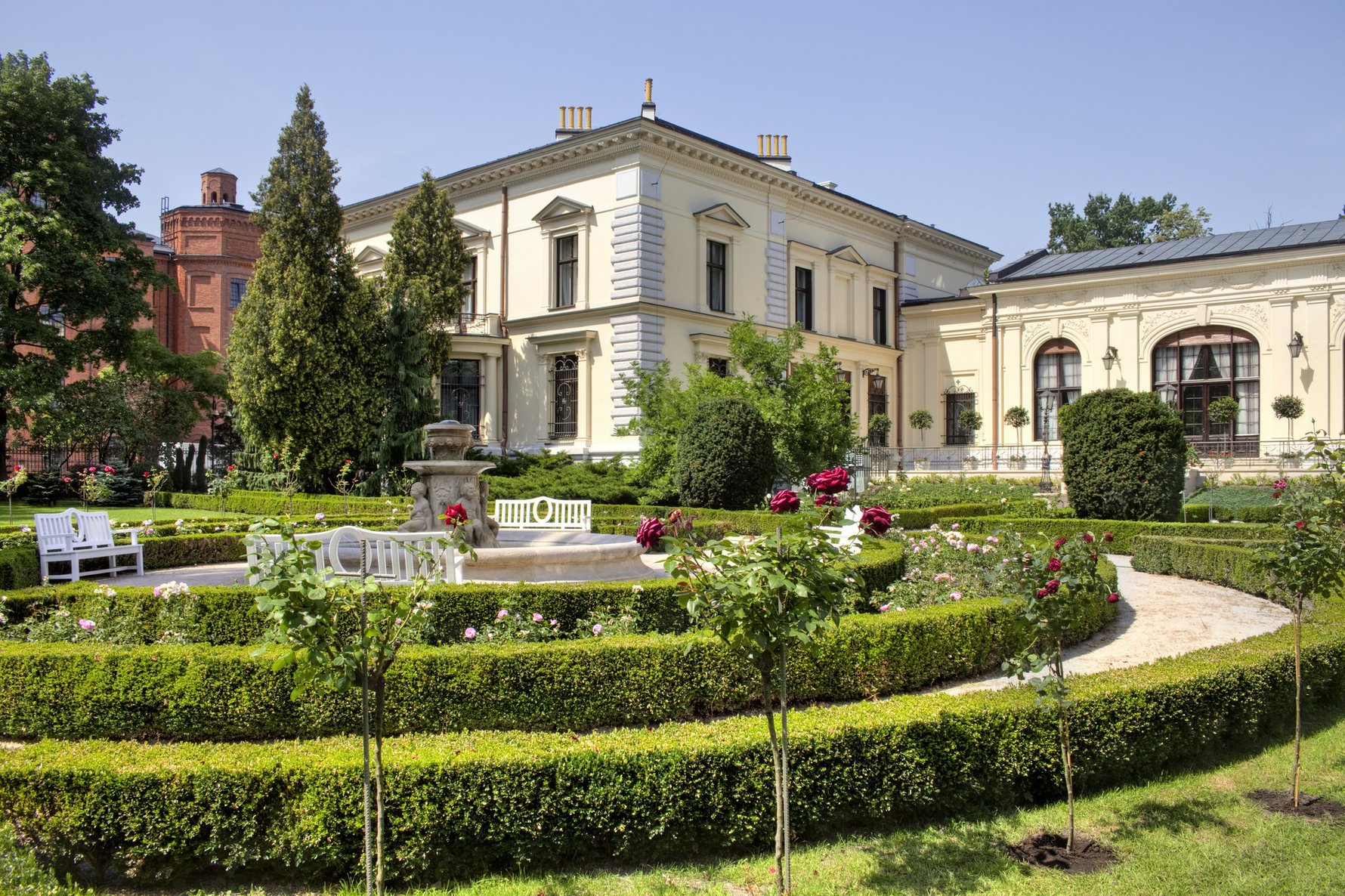
Heading north towards Łódź Fabryczna Train Station and beyond, a slight detour going back to ul. Piotrkowska takes you along a route which contains 3 former industrial residences (two villas and a palace!), today with various uses (one is a restaurant, the other two part of 'education land'!). Firstly, there is the art nouveau former villa of Jakub Kestenberg on ul. Jaracza 62, then heading west along the same street at no. 45 is the former palace of Arnold Stiller, built in the neo-renaissance style. One block north and west along ul. Rewolucji 1905 44 is Leon Rappaport's art nouveau villa.
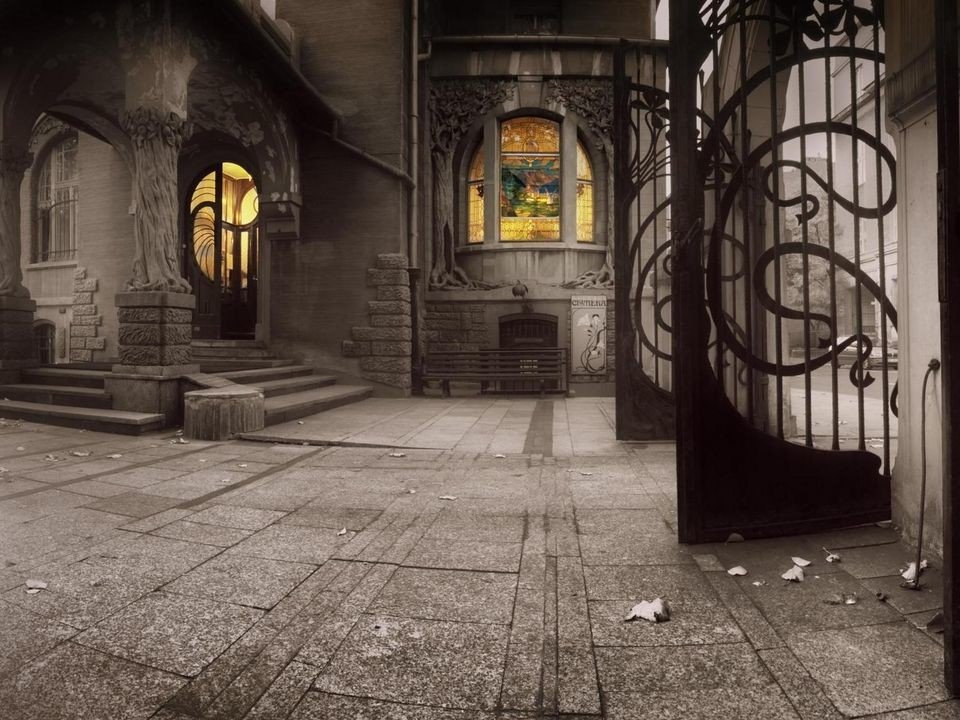
It just gets better as you head west of ul. Piotrkowska to the current day Chimera Gallery, the former Villa of Leopold Kindermann, again in the art nouveau style, but so much more detailed than the rest, it's a real gem in Łódź (both inside and out!). Nearby is the fantastic Museum of Art in Łódź – MS1, which is a great place in its own right, however, the exterior and interior design of this building strikes a chord, even for those who don't have a great interest in architecture! The neo-renaissance style is abundant, and you'll be interested to know it was once the palace residence of Maurycy Poznański – son of Izrael Poznański, the brains behind the Manufaktura complex. And on that note, if you continue north to Manufaktura, on the corner you will find the most impressive palace of them all, which belonged to Izrael Poznański but is now the impressive Museum of the City of Łódź. And here is a great place to end your mini architectural tour of Łódź. Just remember to keep an eye out for more villas and palaces around the city, there are well over 50!
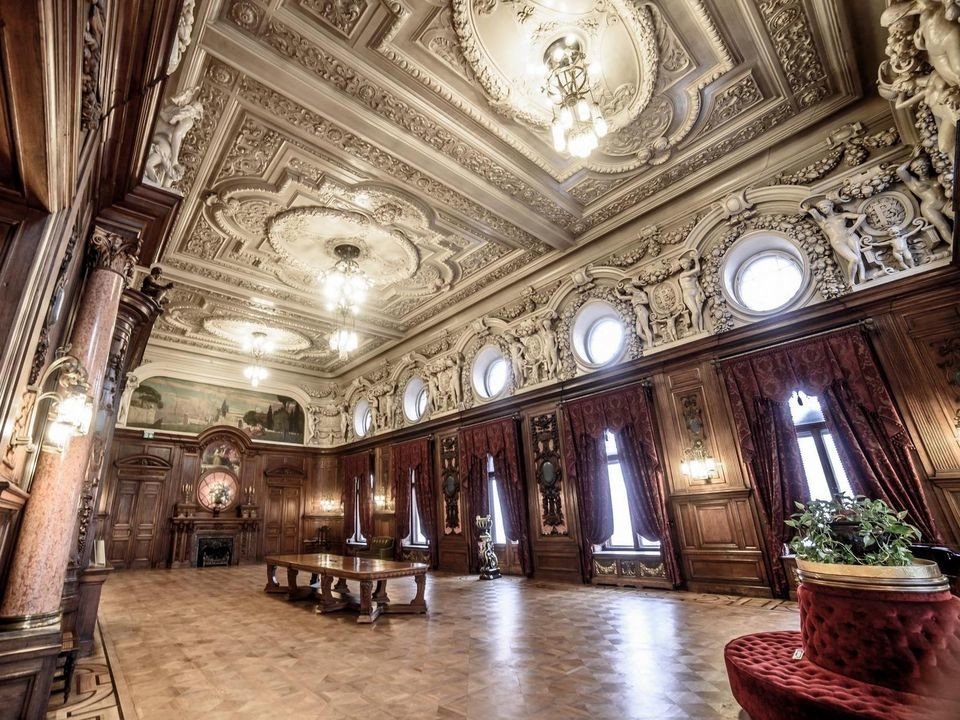


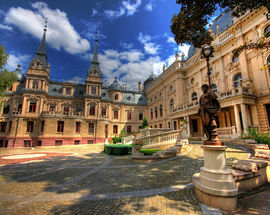

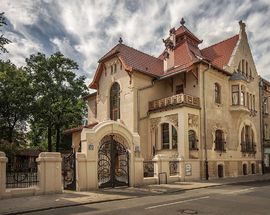

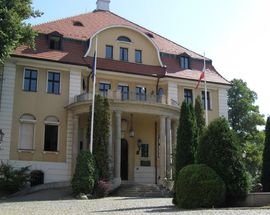
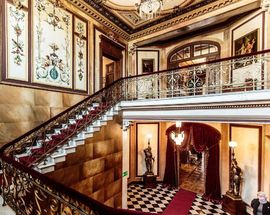
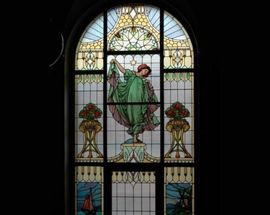
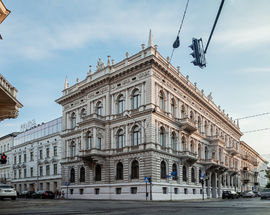
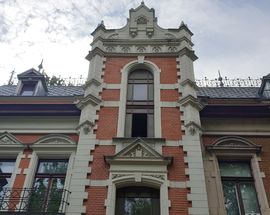
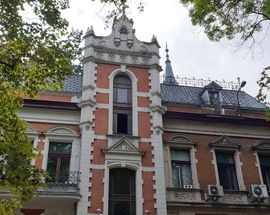
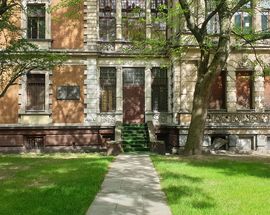
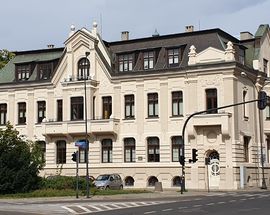
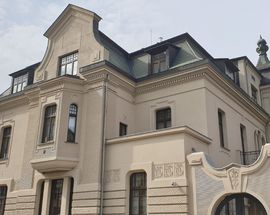

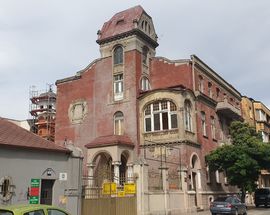
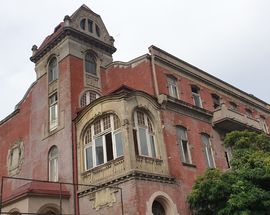
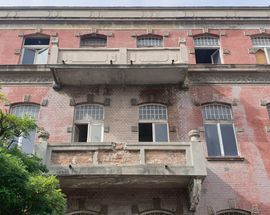
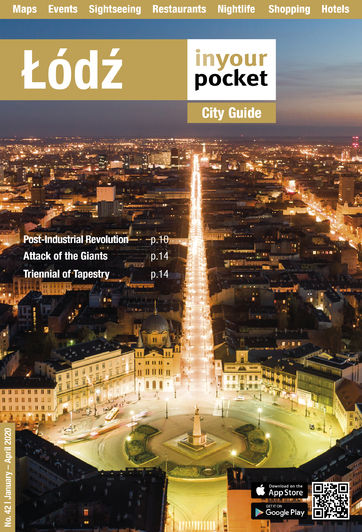
Comments